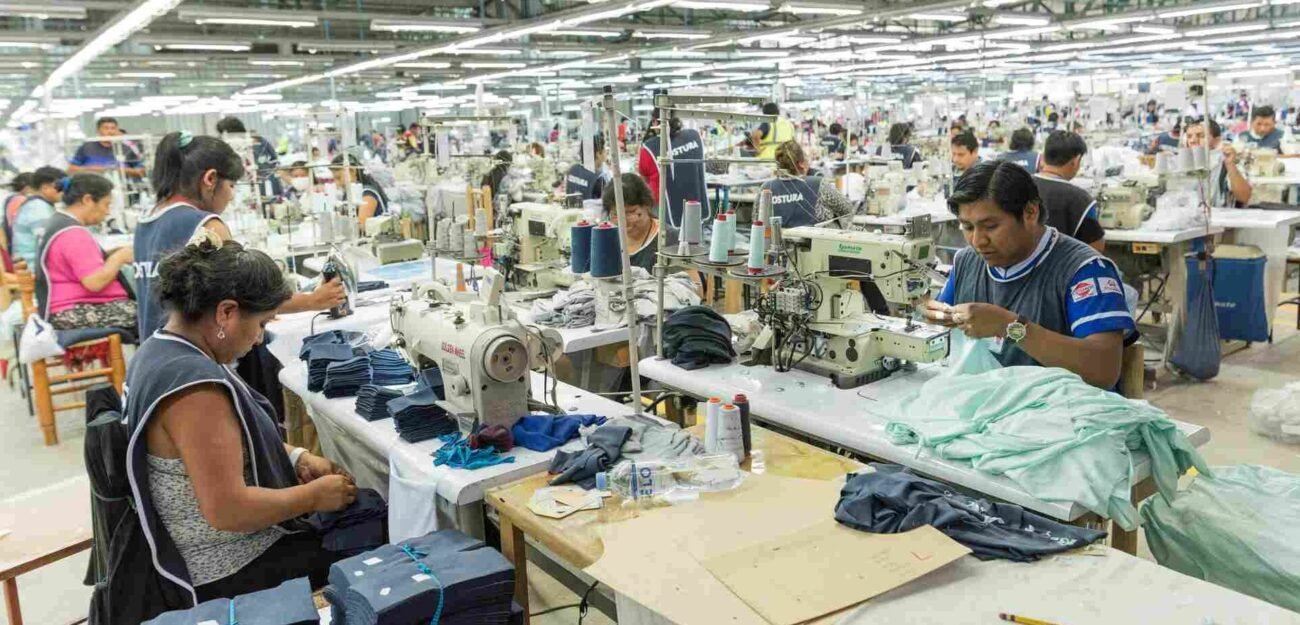The consequences of global warming and climate change have shown that actions need to be taken, and that involves the clothes manufacturing and fashion industry. According to the Ellen MacArthur Foundation, the textile industry is responsible for 8% of the total global warming emissions and 20% of worldwide industrial polluted water. Moreover, a truck of textiles is thrown every second, and less than 1% of these textiles are recycled globally.
Due to this scenario, several international agreements and organizations have emerged to protect the environment, put people first, and keep the supply chain members safe. These are, without a doubt, the first steps towards a fairer fashion industry
1. Sustainable Apparel Coalition (SAC)
It is a global alliance that involves more than 250 organizations from the industry, including brands, suppliers, vendors, all the parties interested in the consumer goods industry.
These organizations have established the Higg Index as their primary instrument for measurement and transformation towards a more environmentally and socially responsible industry.
This Index is a suite of tools that offer a uniform method for assessing environmental and social sustainability throughout the supply chain and allows for sharing this information among industry players.
The Higg index is being used in over 36 countries, becoming the first step towards sustainability. With the data obtained by applying the Index, brands can communicate their sustainability strategies and drive collective fashion industry transformation.
2. Textile Exchange (TE)
It is a non-profit organization founded in 2002 that leads the fashion industry transformation towards sustainability, establishing a common measurement approach.
Textile Exchange aims to build a community that connects efforts in the textile value chain to transform the fashion industry into a more responsible one and achieve climate reduction goals.
With over 600 members and a presence in more than 40 countries, its focus relies on the sustainable fibers and materials sector.
Their goal by 2030 is to contribute to the achievement of a 45% reduction in greenhouse gas emissions within the fiber and raw material production in the textile industry. To do so, they developed and promote standards for the industry, such as Global Recycled Standard (GRS), Organic Content Standard (OCS), Responsible Alpaca Standard (RAS), among others.
Amid the organization’s members, it’s possible to find some of the most recognized brands such as Adidas, Amazon, Columbia, Lacoste, Alexander McQueen, Target, Tesco, VF, and many more.
3. Fashion Industry Charter for Climate Action
In 2018, under the auspices of the United Nations Framework Convention on Climate Change, fashion brands and stakeholders worked and developed the Fashion Industry Charter for Climate Action. This is a document that states some bold industry commitments.
The agreement made in the Charter involved a 30% GHG emission reduction by 2030 and a commitment to achieve net-zero emissions by 2050. These agreements are made to achieve the Paris Agreement to limit the increase in the global average temperature to less than 2.0 °C
To help the sector achieve its climatic objectives, eight Working Groups were created that brought together experts, stakeholders, and relevant initiatives from the fashion and textile industries. Companies such as Asics, Chanel, Espirit, GAP Inc, Guess, Mango, among others, are part of this agreement
4. Fashion Pact
It is a global pact among textile and fashion companies committed to environmental objectives, the key to ensuring sustainable development. It was launched in 2019 at the G7 Summit in Biarritz as a mission given to the CEO and Executive Director of Kering, by the French President, Emmanuel Macron.
Even though it started with 32 signatories, it has been signed by more than 60 companies that work in the sports, lifestyle, and luxury sectors, and their retailers, present in over 40 countries.
Some of these companies are Desigual, Decathlon, Stella McCartney, and Adidas.
The pact identified three areas of action: Stopping global warming, restoring biodiversity, and protecting the oceans. Along with them, it established critical environmental goals for each one, such as:
1. Stopping global warming: Implementing the principles of the Fashion Industry Charter for Climate Action
2. Restoring biodiversity: Supporting the zero-deforestation and sustainable forestall management by 2025.
3. Protecting the oceans: Eliminate unnecessary & harmful plastic in B2C packaging by 2025 & in B2B packaging by 2030.
There is still a lot of work that needs to be done, but by setting these initiatives, the industry has taken the first and most essential steps becoming part of the solution.
At Southern Textile Network we are proud to be part of the Peruvian apparel manufacturers that are leading sustainability efforts. Whether you are looking to produce premium polo shirts, premium golf apparel, premium Pima cotton tee shirts, performance polo shirts, high-end polo shirts, or cotton apparel, we will offer you a verified and certified platform that respects and promotes social and environmental matters.
If you want to know more about how the textile and fashion industry is moving towards sustainability and what we are doing to contribute to achieving those goals, subscribe to our newsletter and follow our social media channels.



